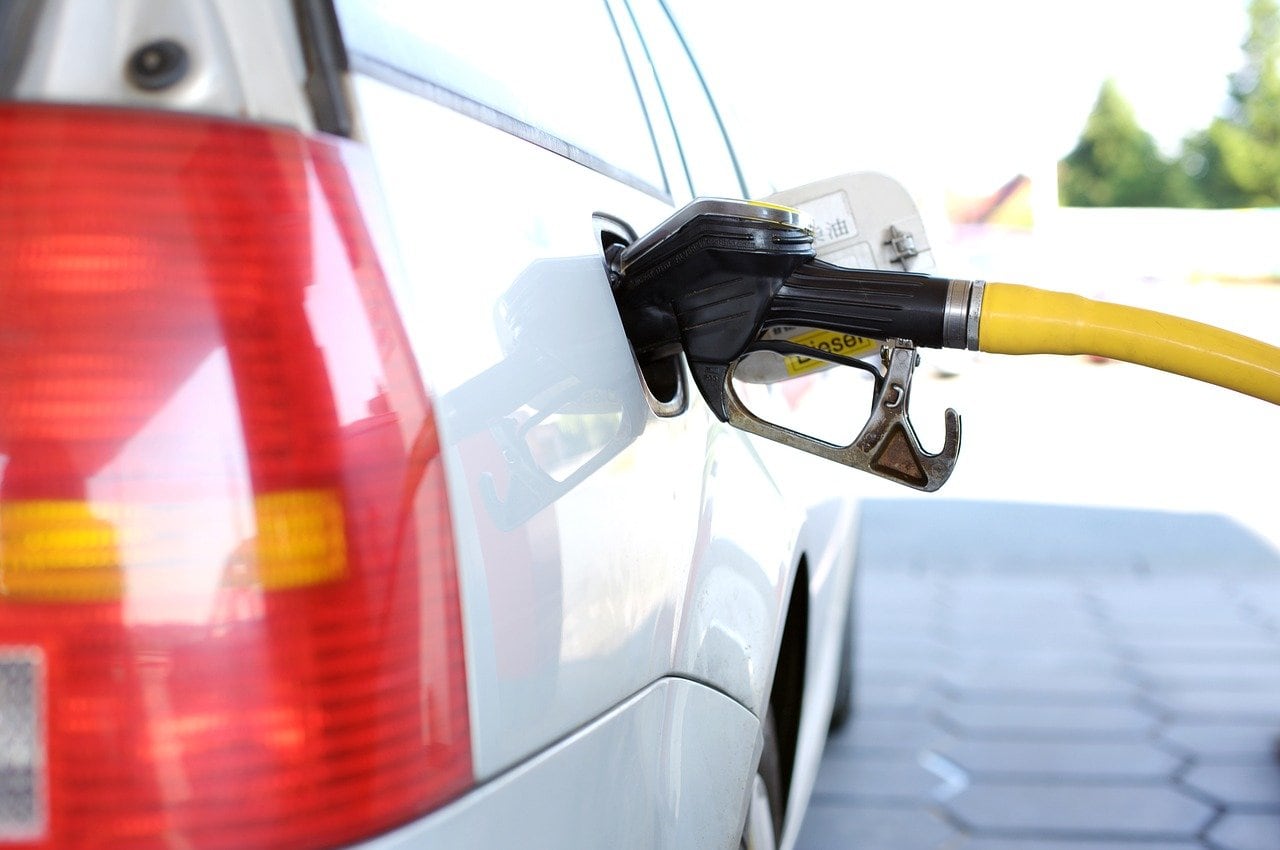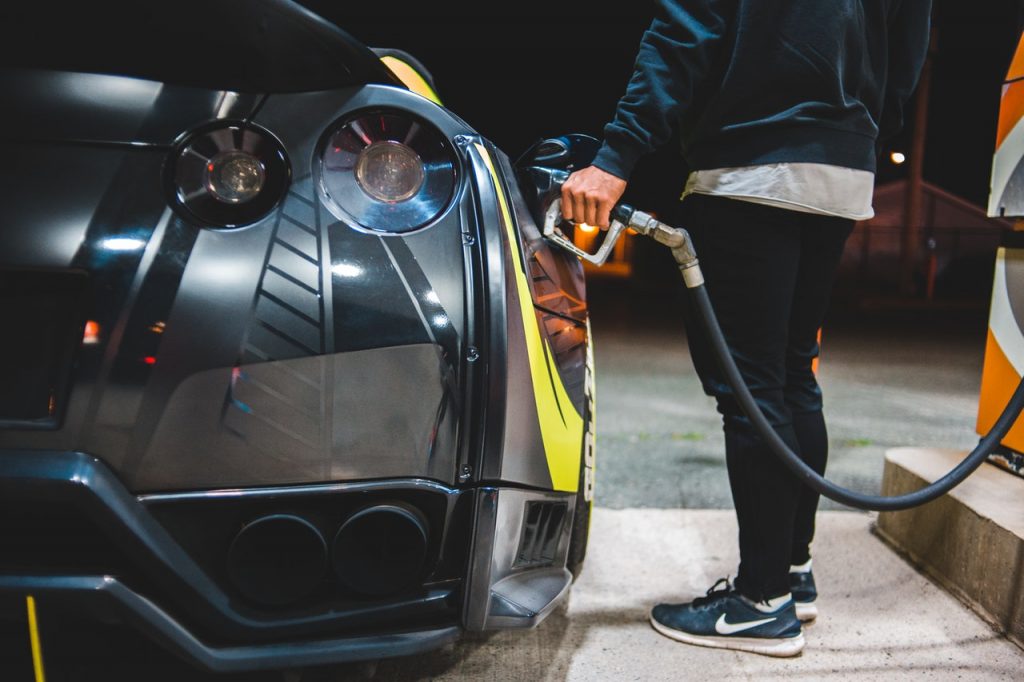
Saving fuel is not only useful in situations of high fluctuations in the price of raw materials, which translates into the state of our wallet, but also environmentally friendly. We can save on the way we operate our vehicle, but this is not the only way to consume less fuel. Here are some hints.
It is difficult to talk about saving fuel when the vehicle’s technical condition contributes to its increased consumption. It is not just about choosing the cheapest possible option in terms of the type of power unit. The following in particular are worth taking care of.
There is no economical driving without proper tire pressure. Low tire pressure means higher fuel consumption. The secret is to follow the manufacturer’s recommendations for economical driving. Of course, driving on fully inflated tires may be less fun, but it will be at the expense of high fuel consumption. Optimal pressure also ensures that the tread wears down at a slower rate
To ensure less fuel consumption, you also need to take care of the condition of the fluids and filters. Lack of care for them is primarily the prospect of much faster wear of the drive unit, but also increased fuel consumption. It is even recommended that inspections and replacements are carried out more frequently than should be the case according to the manufacturer’s recommendations.

The more weight a car has, the higher the combustion rate. The easiest way to reduce it is to overhaul everything you have in the trunk. It’s even worse with roof racks, which increase drag while driving. It’s estimated that on the highway, the weight and shape of the trunk can increase fuel consumption by up to ⅕
Although we have air conditioning, heated seats and other interesting gadgets in the car, let’s use them wisely. Each of such amenities adversely affects fuel consumption. It is not about “boiling” while driving on a very hot day, but we should use air conditioning only when necessary. It also does not have to work at top speed
It is also important to behave skilfully while driving. We will reduce fuel consumption, among other things, when we turn off the engine during a long stop. This is easier in newer cars thanks to the “start/stop” systems, which help to save fuel. This is especially important when you are stuck in a traffic jam for a long time. Engine braking is also suggested, especially when driving down hills. In addition, we have the opportunity to save, for example, brake pads. This is justified primarily in the case of engines with fuel injection, where it is not then dosed to the drive unit. What else is worth doing? It is recommended to drive on flat terrain in the highest possible gear, when revolutions are as low as possible. The speed should be increased only when driving uphill. Finally, it is worth filling up with top quality fuel.
Saving fuel starts even before we leave the parking lot. Proper planning of our activities is the key to using less fuel. It is advisable to avoid, as far as possible, driving in the city during rush hours, which are particularly conducive to fuel consumption. It is definitely better to choose conditions that are conducive to smooth driving.
It is worth noting, however, that saving on fuel is first and foremost about prudent use of the car itself. We need to consider whether a better solution would be, for example, buying a “network” and commuting to work every day by public transport. We do not necessarily have to get in the car when we go for basic shopping in the morning, while we have a few hundred meters to the store. Walking will not only be absolutely conducive to saving fuel, but it will also have a great impact on our health.
Photo: andreas160578/Pixabay